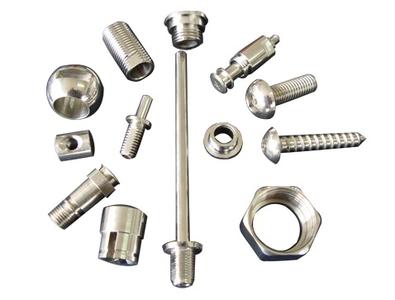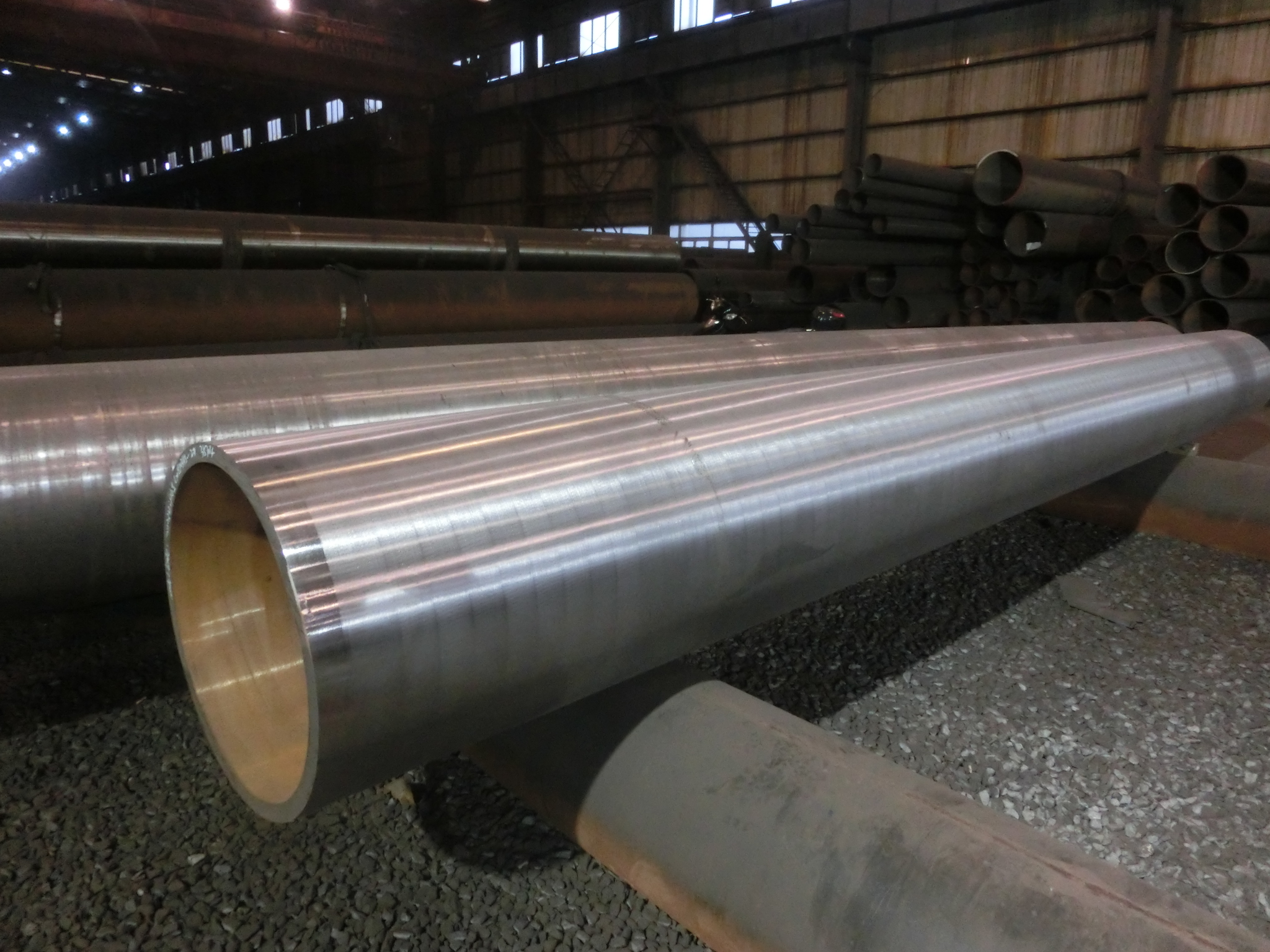 On September 13, the International Forum on Chemical Process Strengthening and Green Technology of the Beijing International Forum ended in Beijing. It was learned from the forum that a number of process enhancements and green technologies could bring new technical support to the energy conservation and emission reduction of the chemical industry, and a number of emerging green chemical advanced technologies are becoming new breakthroughs.
On September 13, the International Forum on Chemical Process Strengthening and Green Technology of the Beijing International Forum ended in Beijing. It was learned from the forum that a number of process enhancements and green technologies could bring new technical support to the energy conservation and emission reduction of the chemical industry, and a number of emerging green chemical advanced technologies are becoming new breakthroughs. According to the organizers of the conference, under the background of promoting energy conservation and emission reduction in the whole industry, people have achieved unprecedented heightened awareness and attention to the chemical process, and have listed it as one of the areas where current chemical engineering is prioritized for development. The industry is realizing that The height of sustainable development promotes the strengthening of the chemical process.
Rong Wang, an associate professor at Nanyang Technological University in Singapore, said that membrane absorbers using integrated membrane technology and adsorption processes have unique advantages in the separation of specific components that can greatly increase gas adsorption efficiency. This is because the hydrophobic porous membrane allows the gas liquid to have a larger contact surface, which greatly enhances the mass transfer between the two phases, thereby enhancing the adsorption process.
Li Jing, a professor at Rutgers University in the United States, introduced the new microporous metal-organic framework material developed at Rugby University. The material can be used for the capture and separation of CO2 in flue gas, with low cost, high selectivity and high capacity. The advantages, especially at lower pressures, have these characteristics.
According to Zhang Runxi, a professor at Beijing University of Chemical Technology, nitrogen oxides are a major source of air pollution in cities. The use of supported zeolite catalysts can selectively remove nitrogen oxides at lower temperatures. At the forum, representatives also exchanged and discussed new high-efficiency fuel cell catalysts, resource recovery and utilization technologies.
Representatives believe that strengthening the chemical process to achieve high efficiency, energy conservation and pollution-free is an effective means to solve the contradictions in the development of pollution caused by process industries and achieve sustainable development; green technology can promote the industry to take the green and low-carbon development road.
We can produce the lower-temperature steel pipe according to the ASTM A333 and ASME SA333 standards, and the and the production diameter from 8" to 48" in OD and wall thickness from 9.53 mm up to 140mm. We have been sold the GR.6 steel pipe about 20000 tons to date and the property of -45℃ impact value is about 100J, better than the standard`s requirements.
Yangzhou Chengde has the full capability to do every test in-house, from mechanical testing, chemical analysis, PMI, UT/Hydrotest etc. Chengde`s lab is qualified to ISO 17025 and CNAS standard, being proven the repeatability of accurate testings.
Each alloy pipe is subject to PMI before dispatch. The INNOV-X system performs non-destructive chemical analysis via simultaneous detection and quantification of fluorescent x-rays of multiple elements in test sample.

Stainless Steel Tubing,Asme Sa333 Pipe,A333 Grade 6 Pipe,Carbon Pipe
YANGZHOU CHENGDE STEEL PIPE CO.,LTD , http://www.chengdepipe.com